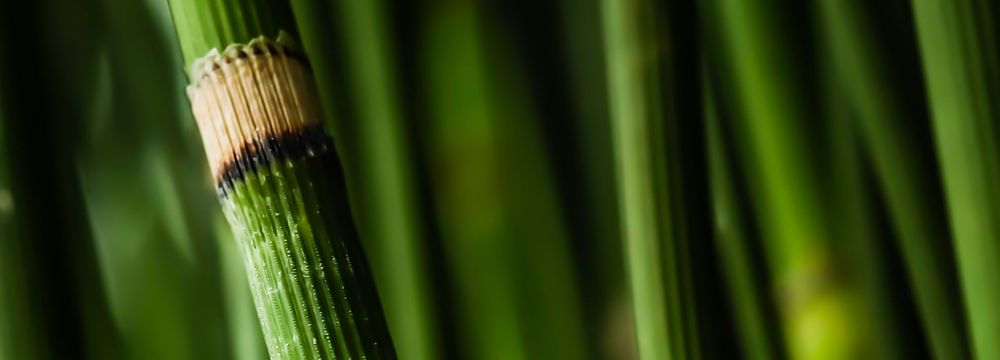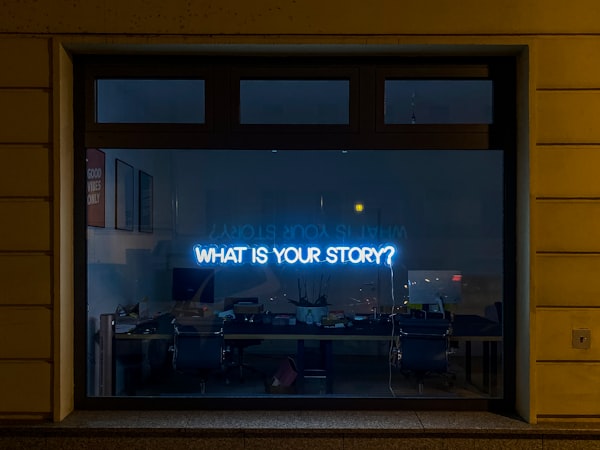The Connective Tissue of Intention
If you’ve been paying careful attention to, well, pretty much anything happening around you, this undoubtedly sounds like an understatement:
Power is fickle.
How it is exerted, and how it is felt, are very different things, sometimes even polar opposites. Awareness of that difference is not universal however, for the simple fact that power and privilege tend to shield us from the costs of power and privilege.
This explains why so much energy is expended in maintaining status quo. Can you remember a world without the levelling effect of social media?
Maybe. Maybe not.
Yet despite how seemingly consistent their presence, it remains true that activism and advocacy only occasionally drown out the noise and distractions which the powerful have relied on for generations to protect themselves. Awareness is the first step of advocacy, and there are many tools and tricks used to mitigate awareness, let alone real accountability.
I say occasionally on purpose. Noise and confusion are often seeded into discourse intentionally by those in power to destabilise criticism. However, it doesn’t all boil down to a power-driven conspiracy. We also need to acknowledge that changing our reality is costly. The costs show up in every way we can measure (e.g. money), and some ways we cannot (e.g. emotional energy). These costs can make change so unappealing that we’d rather assume futility. Though of course it is impossible to not factor in self-interest in the presumption of futility.
Lizard-Brain Objections:
- What will it cost me, personally?
- How will it impact my identity?
- Will there be room for me in what emerges?
Good change generally comes from making our ‘us’ expansive and generous. Bad change (or resistance to good change) generally comes from keeping our ‘us’ small and selfish.
Throughout history, we have watched monolithic expressions of power and solidarity rise and fall. In recent years, we have watched that accelerate, as slogans and hashtags take on a life of their own. And in real time, we’re also used to seeing resistance to them take on a life of its own. At the core, there is a primal fear of being dominated, and being pushed out. That is a legitimate fear when ideas grow quickly.
We are used to seeing systems assemble around comprehensive constitutions and manifestos. There is a surge of camaraderie in that—they help us concretise our collective thinking. However, anyone caught up in that pattern for long knows that those systems quickly become cloying and stifling. Documents aren’t living or breathing. Most of them, in fact, are stale and lifeless. They tend to constrain too tightly, or they become irrelevant. Sometimes both!
So, is there another way to arrive at unity than wild-pendulum-swinging attempts at sweeping solidarity?
We believe there is. It is what we’re starting to call the “connective tissue of intention.”
Rather than seeking maximum conformity, the connective tissue of intention looks for a kind of minimum of compatible motives. It doesn’t require signing off on complicated, multi-page agreements. It starts simply with ideas about what is good, or to be even less polemic, what is better. Of course, this requires some agreement about what is bad, or what needs improvement. This is a delicate thing to suggest when it has become perfectly clear that different political entities are using different measuring sticks. It is also obvious that some people are using political affiliation itself to determine what is good or bad, or what can or cannot be improved.
Disagreement is agency. It must not be allowed to thwart us or throw us off-course. To allow that to is to succumb to a return to modernistic homogeneity. Yet there is still room for tendrils of agreement when people see solutions arise that effectively solve problems. There are many ways that we find elements of commonality, even across different disciplines or arenas, and we need to analyse and celebrate them as thoroughly as we can.
Whatever we build must operate by placing a high value on those tendrils of agreement. They don’t need to be in and of themselves full-bodied entities—just a little connective tissue may suffice.


